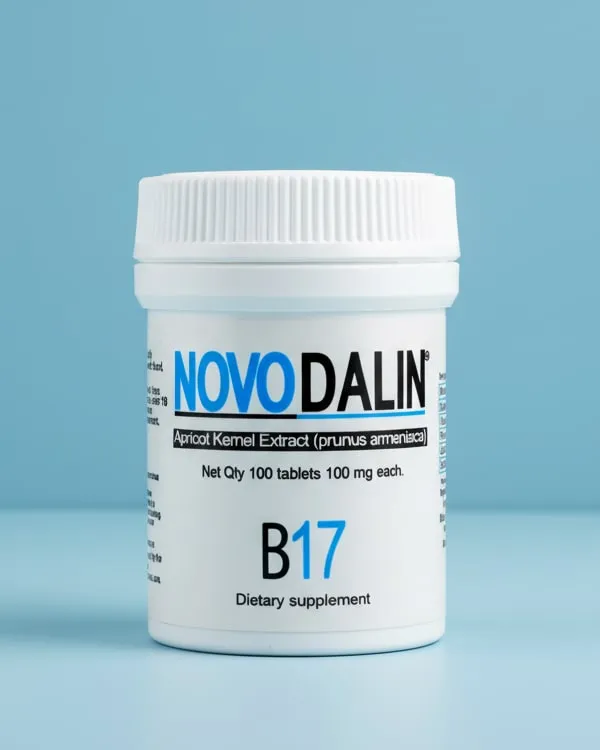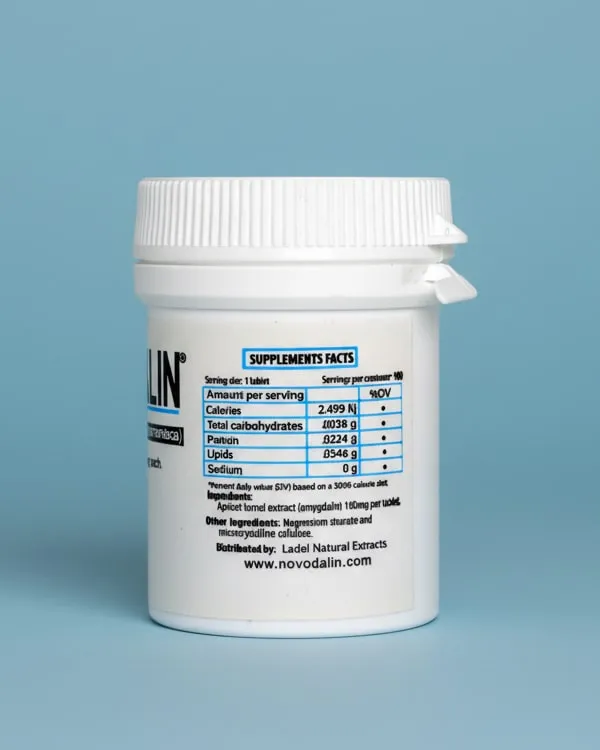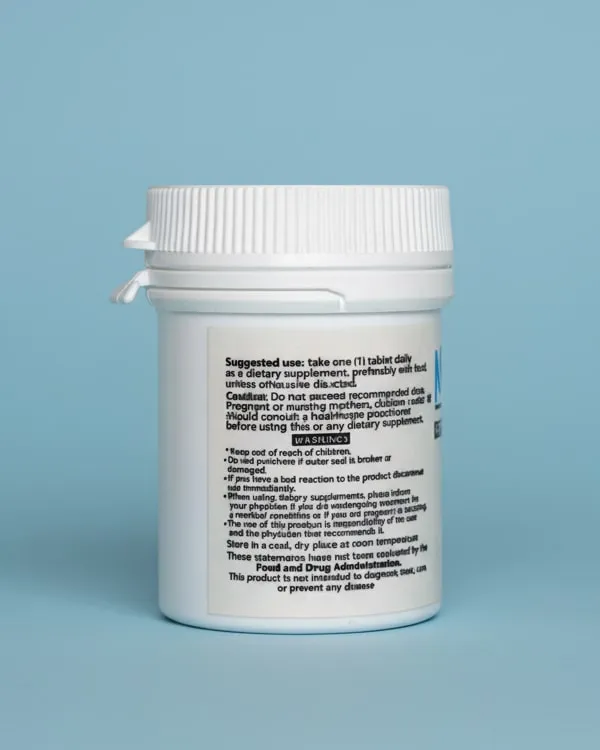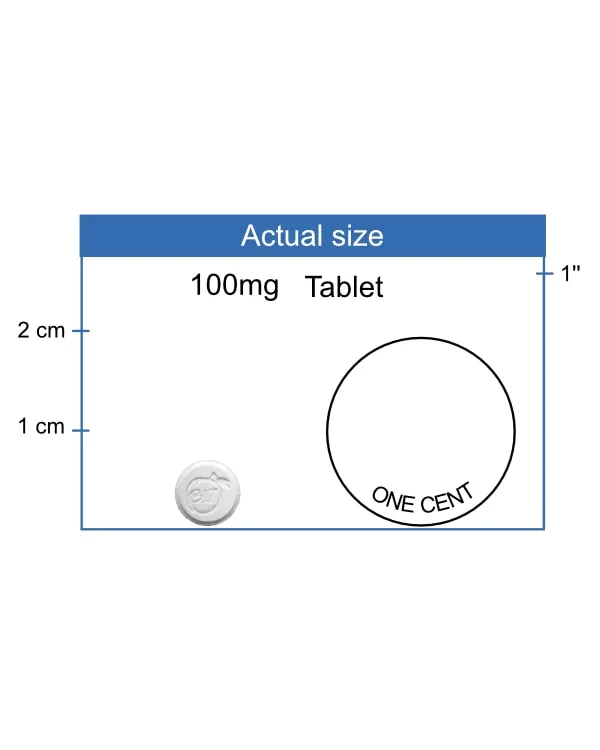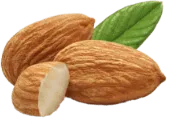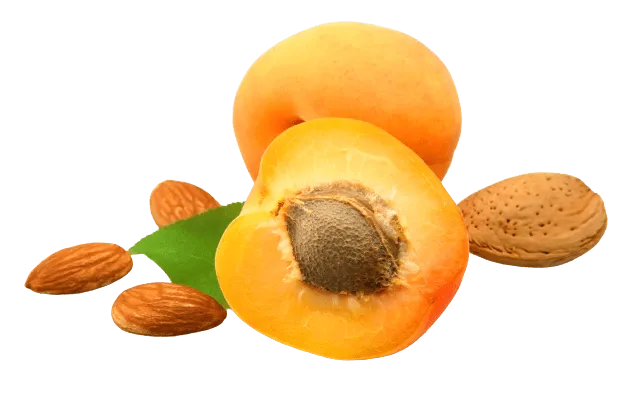Novodalin 100mg Tablets
Authentic Amygdalin, extracted from raw bitter
apricot seeds.
100 Tablets Dietary Supplement
Content per tablet
- 100 mg Amygdalin (D-mandelonitrilo-beta-D-gentiobioside)
- 76.3 mg Microcrystalline cellulose
- 5.5 mg Magnesium Stearate
